Axolotl larva shows i. Neoteny and paedogenesis ii. Absence of thyroxine affects metamorphosis iii. It is hemichordata
I, ii and iii correct
I and ii correct
ii and iii correct
iii correct
The correct Answer is:B
To solve the question regarding the characteristics exhibited by the axolotl larva, we will analyze each statement provided in the question.
Step 1: Understanding Neoteny and Paedogenesis
- Neoteny refers to the retention of juvenile features in the adult stage of an organism. In the case of axolotls, they retain their larval characteristics throughout their life, which is a classic example of neoteny.
- Paedogenesis is the ability of an organism to reproduce while still in its larval form. Axolotls can reproduce without undergoing metamorphosis, which is another trait that aligns with paedogenesis.
Conclusion for Step 1: The axolotl larva does exhibit both neoteny and paedogenesis.
Step 2: Absence of Thyroxine and Metamorphosis
- Thyroxine is a hormone produced by the thyroid gland that plays a crucial role in regulating metabolism and development, including the process of metamorphosis in amphibians.
- In axolotls, the absence of thyroxine prevents them from undergoing metamorphosis, meaning they will not transition from their larval form to the adult form. This is significant because it highlights the role of thyroxine in development.
Conclusion for Step 2: The absence of thyroxine does indeed affect the metamorphosis of axolotls.
Step 3: Classification of Axolotl
- Axolotls belong to the class Amphibia and are specifically part of the family Ambystomatidae, which includes mole salamanders. They are not classified under Hemichordata.
- Hemichordata is a separate phylum that includes organisms like acorn worms and is distinct from amphibians.
Conclusion for Step 3: The statement that axolotls are hemichordates is incorrect.
Final Conclusion:
Based on the analysis:
- Statement i (Neoteny and paedogenesis) is correct.
- Statement ii (Absence of thyroxine affects metamorphosis) is correct.
- Statement iii (It is hemichordata) is incorrect.
Thus, the correct answer is that statements i and ii are correct.
- Neoteny refers to the retention of juvenile features in the adult stage of an organism. In the case of axolotls, they retain their larval characteristics throughout their life, which is a classic example of neoteny.
- Paedogenesis is the ability of an organism to reproduce while still in its larval form. Axolotls can reproduce without undergoing metamorphosis, which is another trait that aligns with paedogenesis.
- Thyroxine is a hormone produced by the thyroid gland that plays a crucial role in regulating metabolism and development, including the process of metamorphosis in amphibians.
- In axolotls, the absence of thyroxine prevents them from undergoing metamorphosis, meaning they will not transition from their larval form to the adult form. This is significant because it highlights the role of thyroxine in development.
- Axolotls belong to the class Amphibia and are specifically part of the family Ambystomatidae, which includes mole salamanders. They are not classified under Hemichordata.
- Hemichordata is a separate phylum that includes organisms like acorn worms and is distinct from amphibians.
Based on the analysis:
- Statement i (Neoteny and paedogenesis) is correct.
- Statement ii (Absence of thyroxine affects metamorphosis) is correct.
- Statement iii (It is hemichordata) is incorrect.
Topper's Solved these Questions
- GROWTH, REPAIR, REGENERATION AND AGEINGBOOK - DINESH PUBLICATION ENGLISHCHAPTER - GROWTH, REPAIR, REGENERATION AND AGEINGEXERCISE - Check your Grasp
10 Videos
- GROWTH, REPAIR, REGENERATION AND AGEINGBOOK - DINESH PUBLICATION ENGLISHCHAPTER - GROWTH, REPAIR, REGENERATION AND AGEINGEXERCISE - Brain Teasers-VI[B]
6 Videos
- GROWTH, REPAIR, REGENERATION AND AGEINGBOOK - DINESH PUBLICATION ENGLISHCHAPTER - GROWTH, REPAIR, REGENERATION AND AGEINGEXERCISE - Brain Teasers-VI[B]
6 Videos
- GENETIC BASIS OF INHERITANCEBOOK - DINESH PUBLICATION ENGLISHCHAPTER - GENETIC BASIS OF INHERITANCEEXERCISE - Check your Grasp
30 Videos
- HUMAN EVOLUTIONBOOK - DINESH PUBLICATION ENGLISHCHAPTER - HUMAN EVOLUTIONEXERCISE - Brain Teasers-VII
181 Videos
Similar Questions
A health disorder that results from the deficiency of thyroxine in adults and is characterized by (i) a low metabolic rate, (ii) increase in body weight, and (iii) tendency to retain water in tissues is
View SolutionExamine the given defective crystal :

Answer the following questions :
(i) Is the above defect stoichiometric or non-stoichiometric ?
(ii) Write the term used for this type of defect. Give an example of the compound which shows this type of defect.
(iii) How does this defect affect the density of the crystal ?
View Solution(i) Write the scientific names of the two species of filarial worms causing filariasis. (ii) How do they affect the body of infected persons(s)? (iii) How does the disease spread?
View SolutionHow are the (i) mass, (ii) volume, and (iii) densilty of a metallic piece affected, if at all with increase in temperatur?
View SolutionA reaction is first order in A secod order in B:
(i) write differential rate equation.
(ii) How is the rate affected when the concentration of B is tripled ?
(iii) How is the rate affected when the concentration of both A and B is doubled?
View SolutionShow how would you synthesisse the following alcohols form approprite alkenes.
i.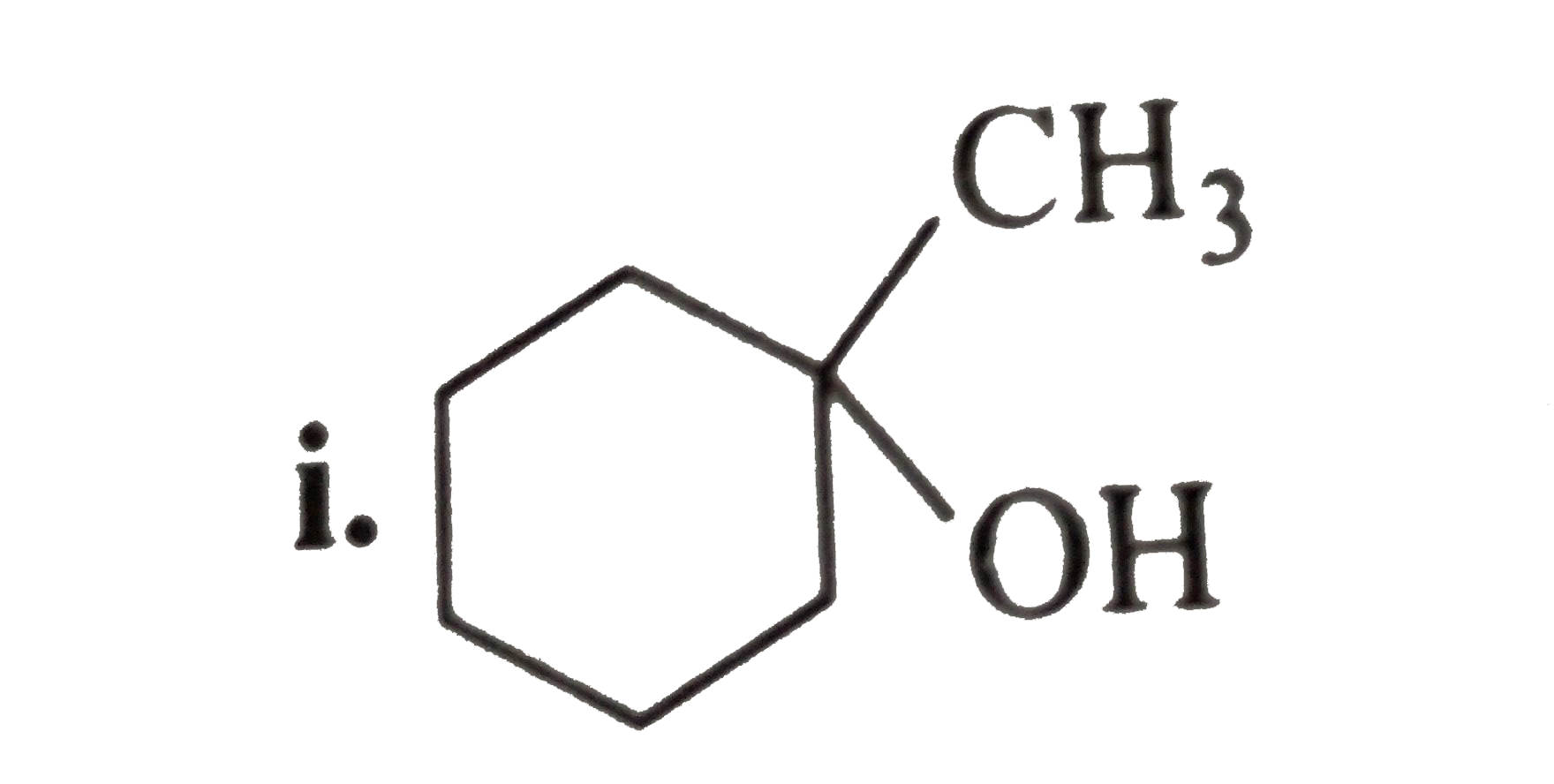 ii.
ii. 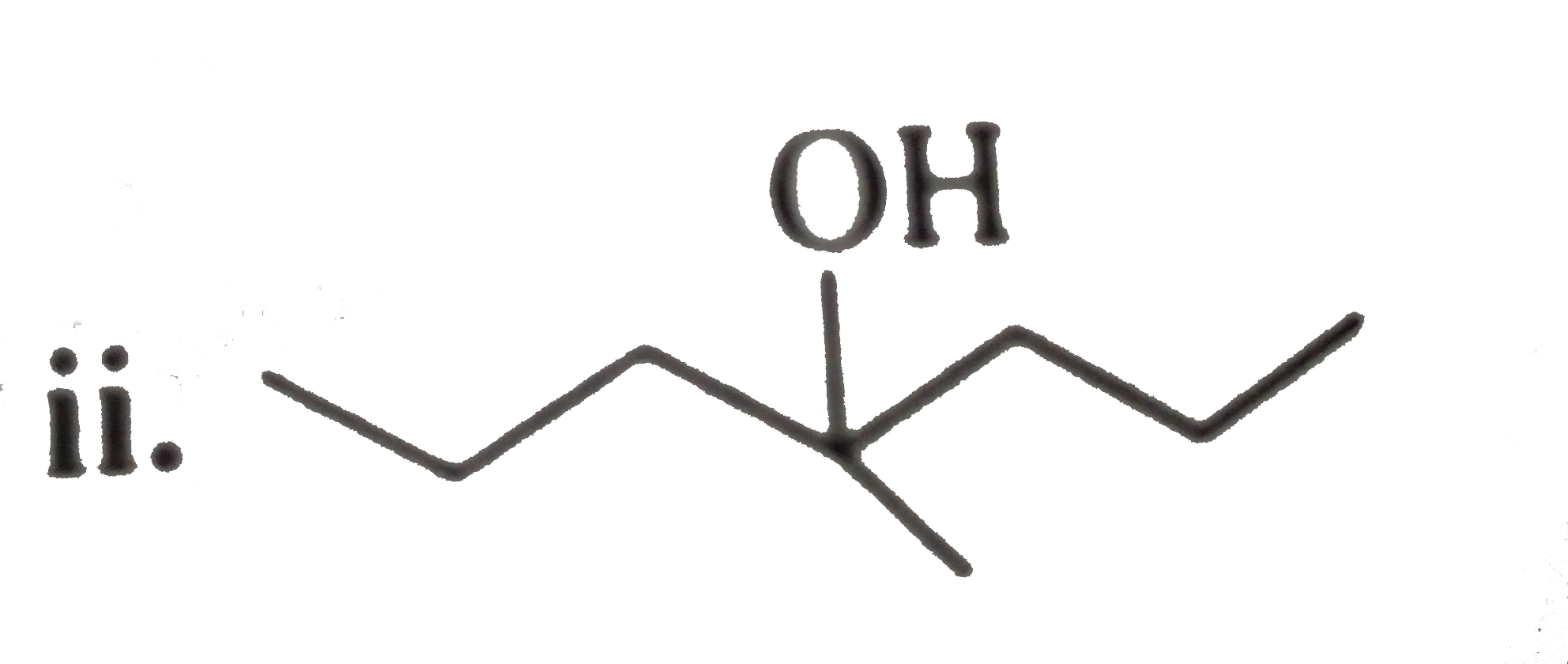
iii.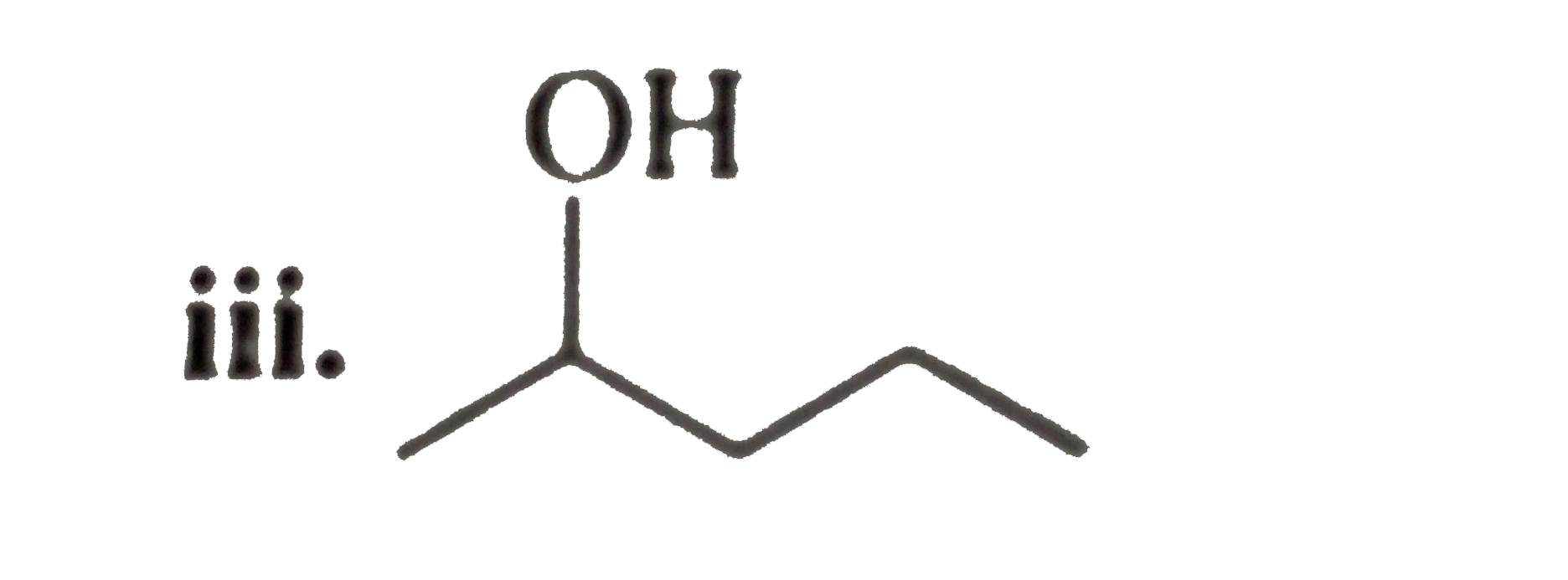 iv.
iv. 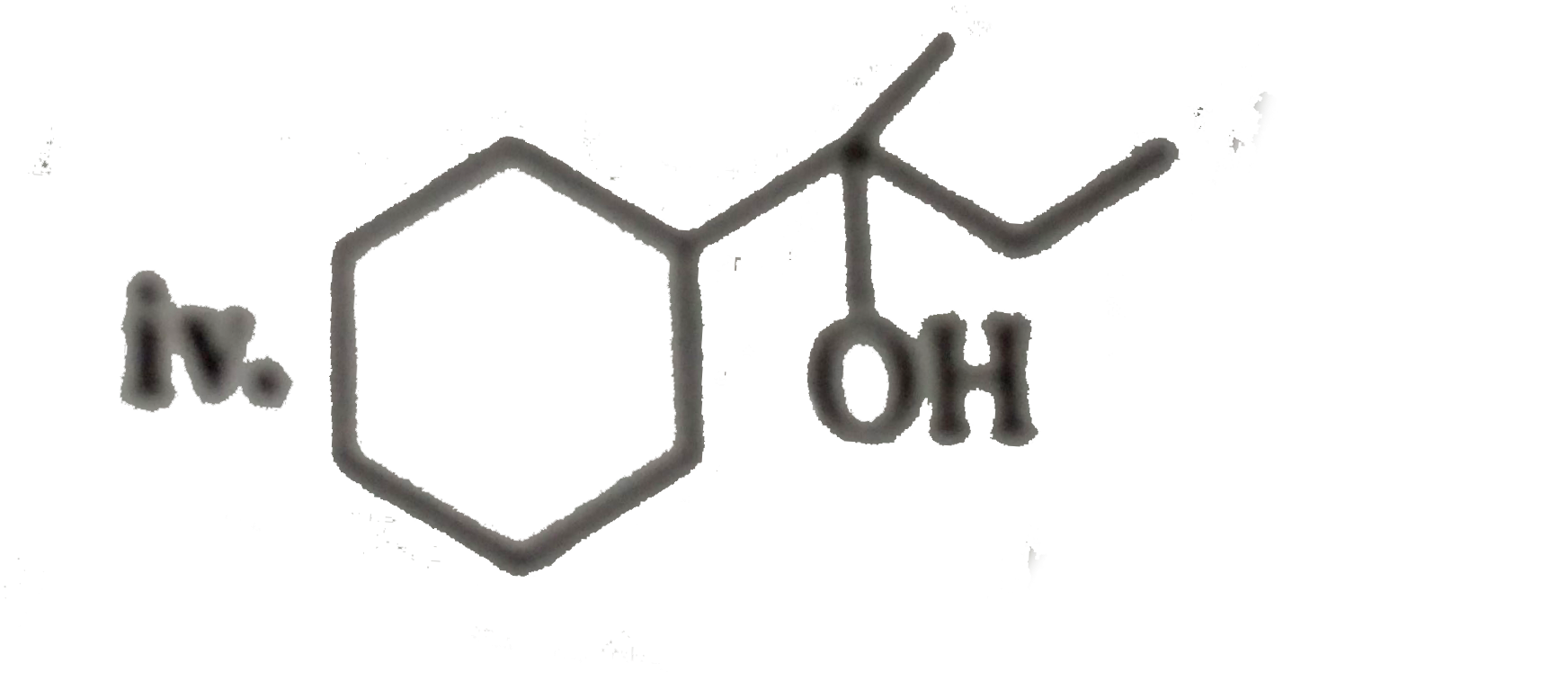
View SolutionExamiine the given defective crystal

(i) What type of stoichiometric defect is shown by the the crystal ?
(ii) How is the density of the crystal affected by this defect ?
(iii) What type of ionic substance show such defect ?
View SolutionWhich of the following are incorrect as a criterion for the essentiality of an element .
i. If the concerned element is deficient another element can fulfil the need of it
ii. The plants would complete their life cycle irrespective of the absence of deficiency of the elements.
iii. The elements have indirect involvement in the metabolism of plants .
iv.The elements must be absolutely necessary for supporting normal growth and reproduction.
(a) i ,ii ,iii ,iv
(b) i,ii
(c) i, ii, iii
(d) ii , iii
View SolutionHow is the reading of a barometer affected when it is taken to (i) a mine, and (ii) a hill ?
View SolutionThe velocity-time graph shows the motion of a cyclist. Find (i) its acceleration (ii) its velocity and (iii) the distance covered by the cyclist in 15 seconds.
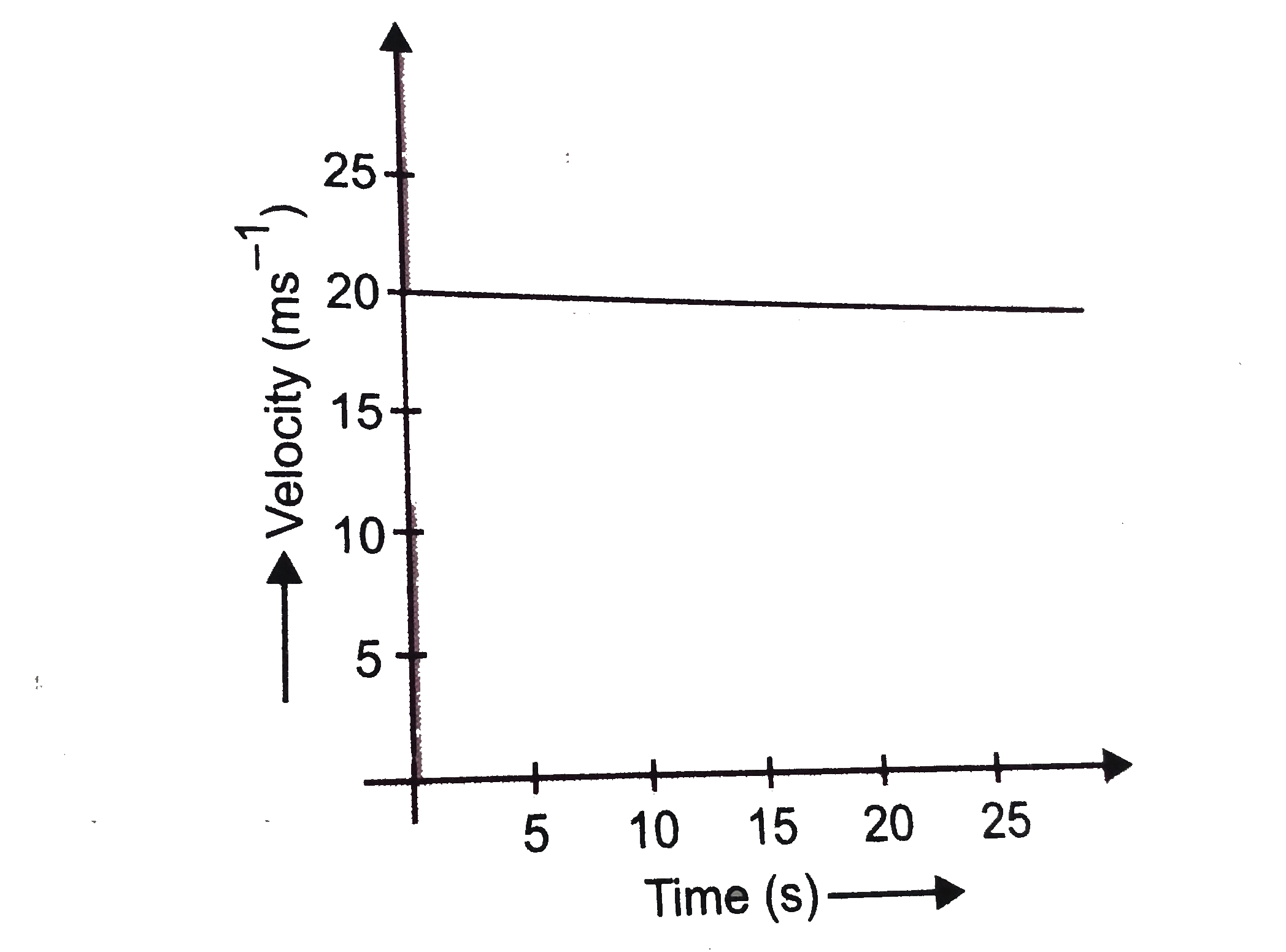
View Solution
